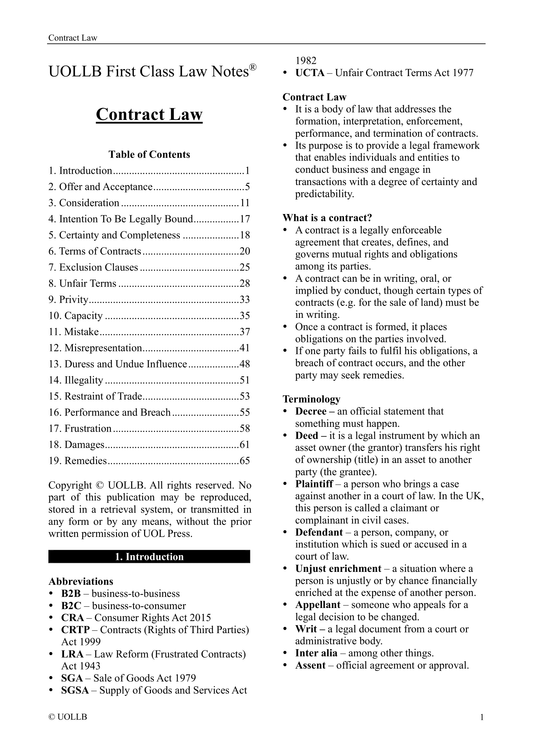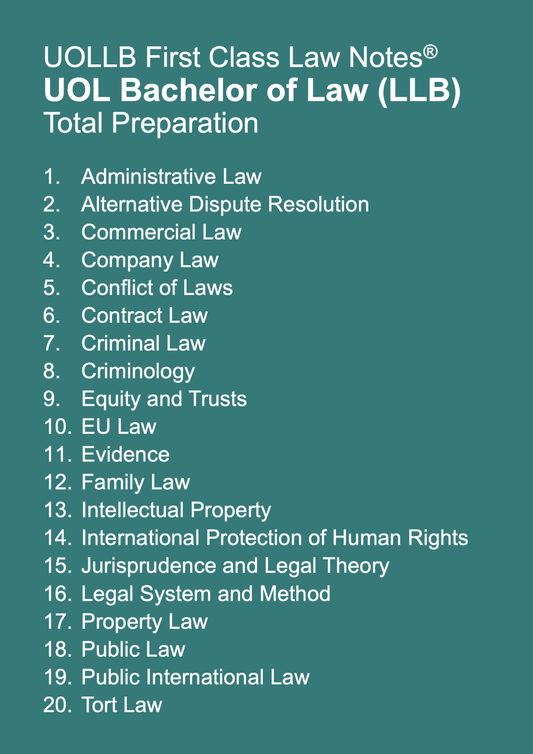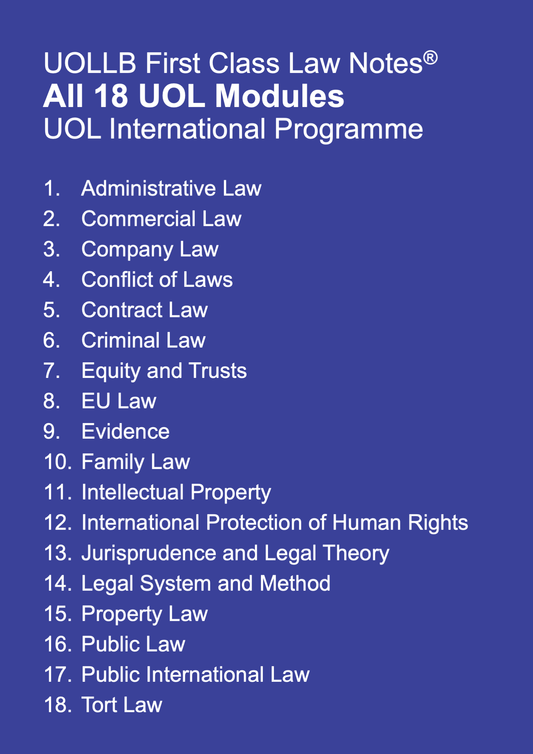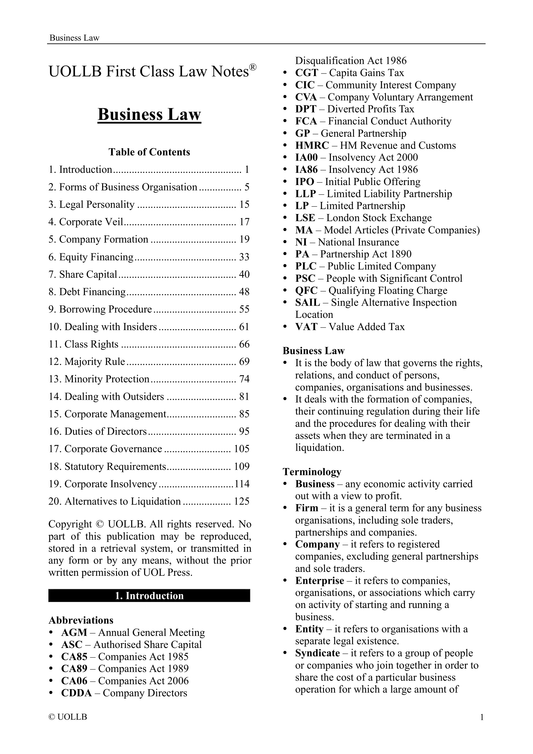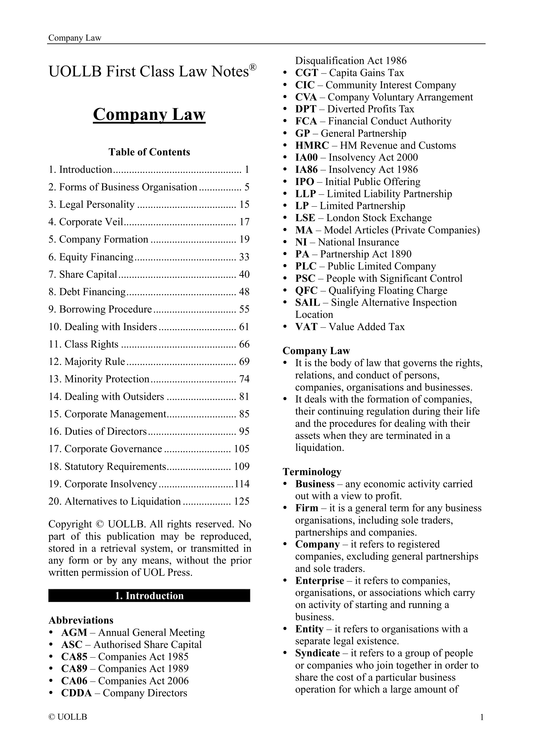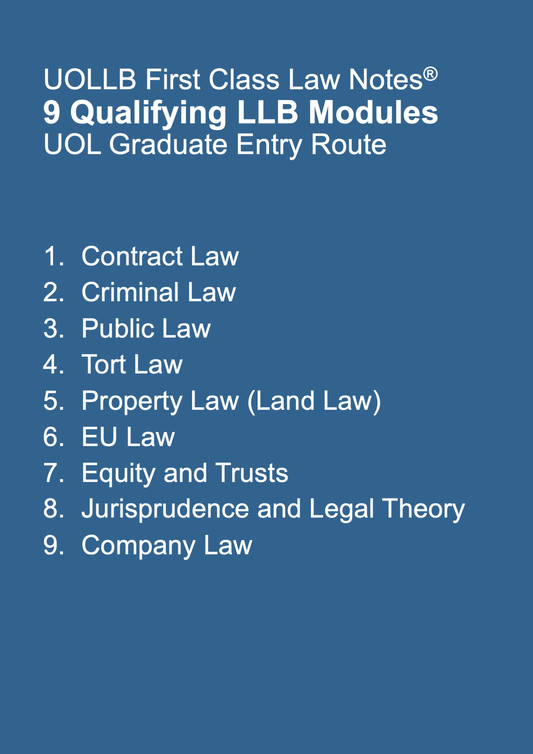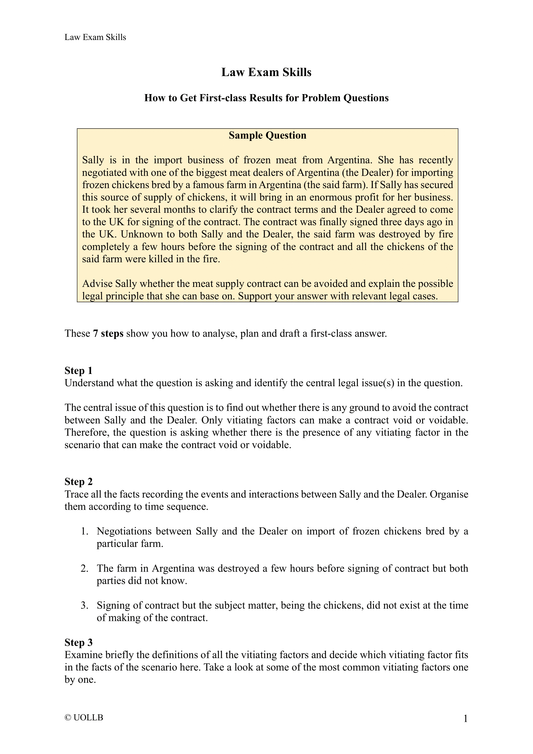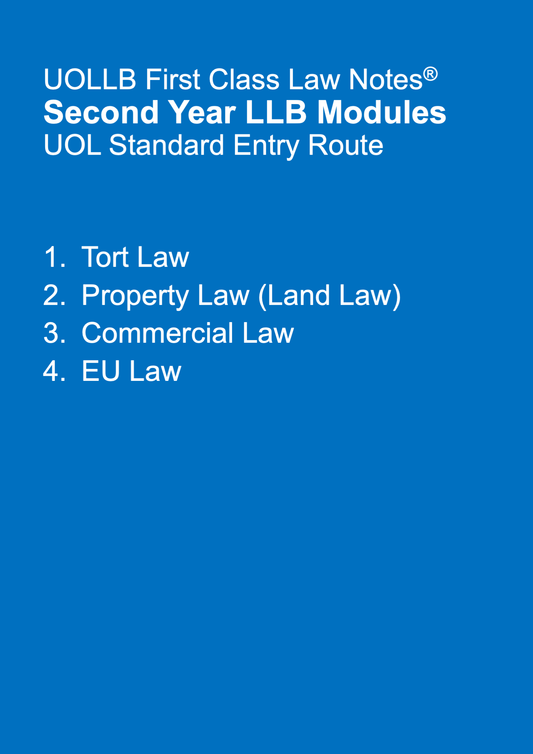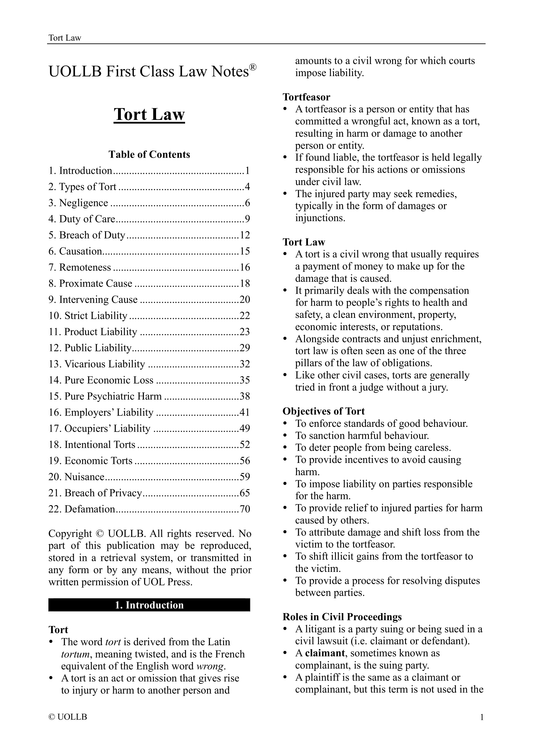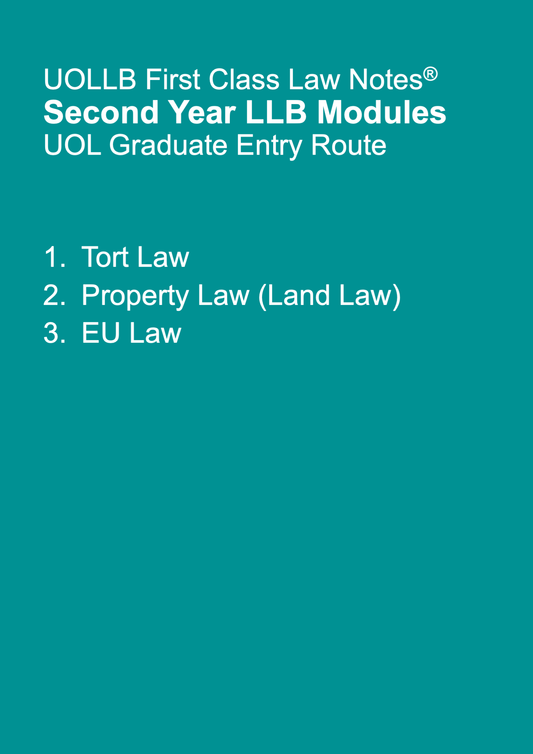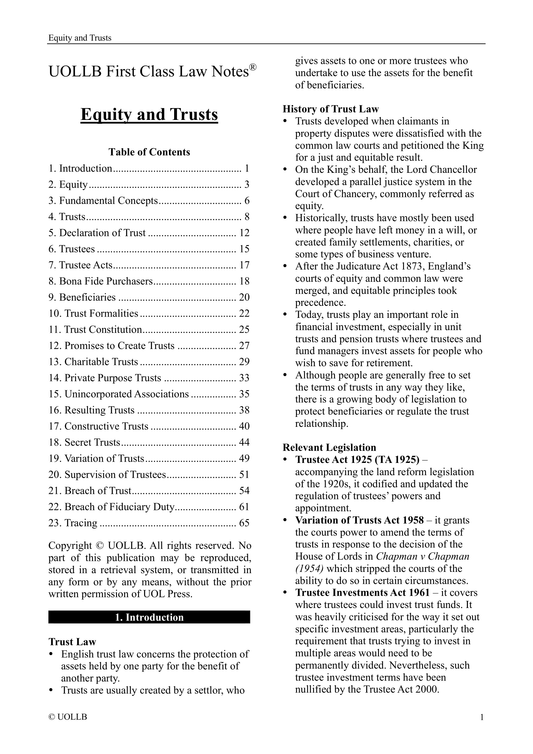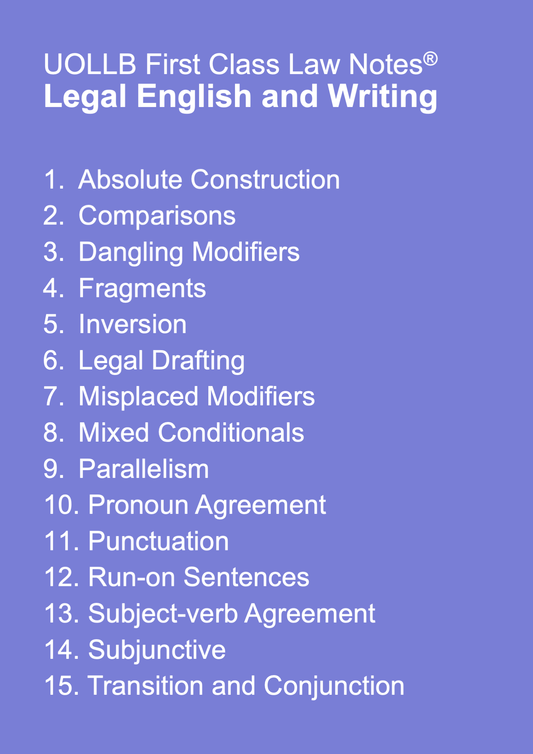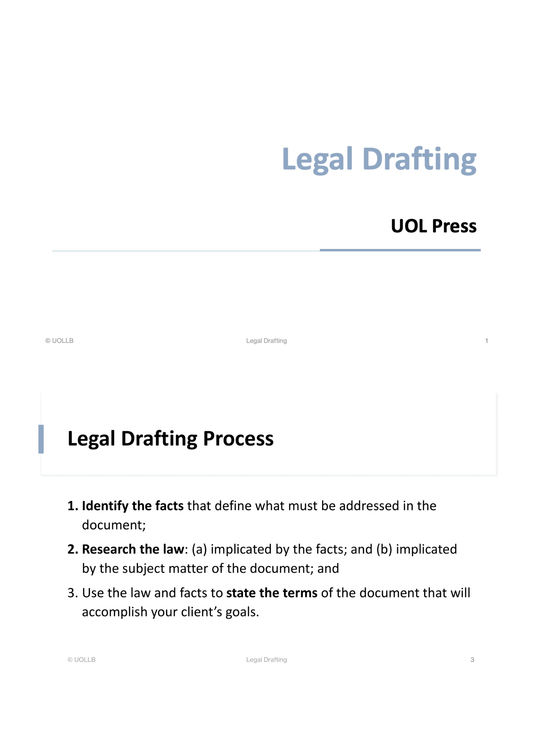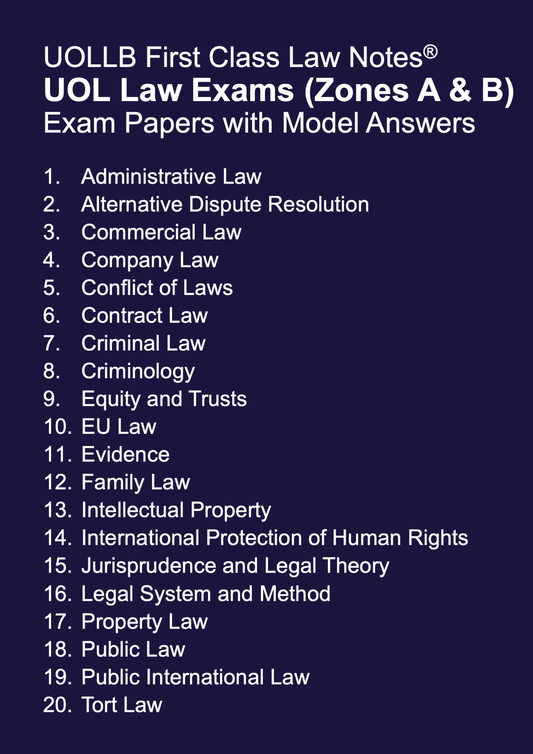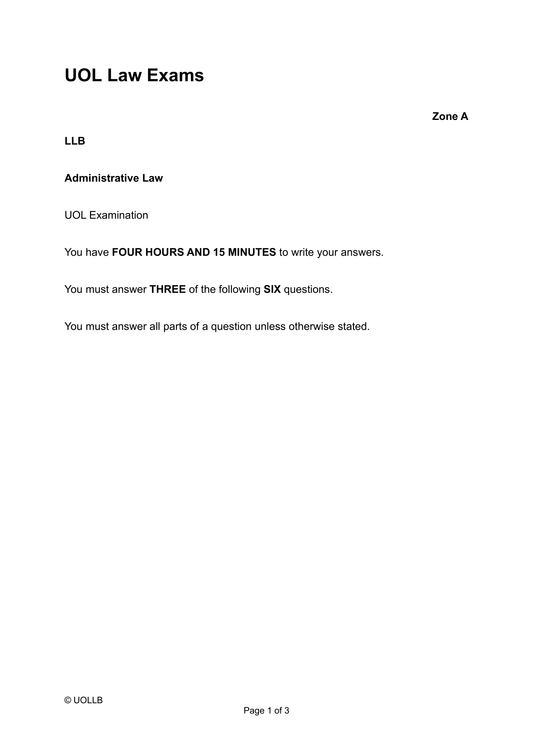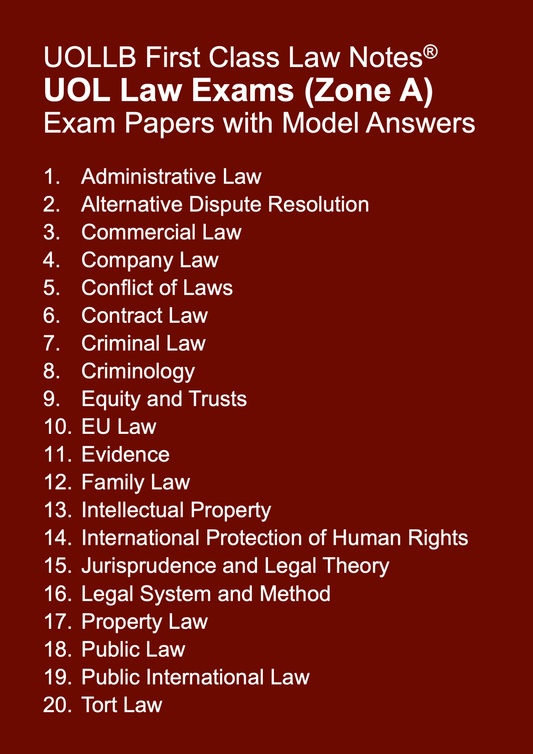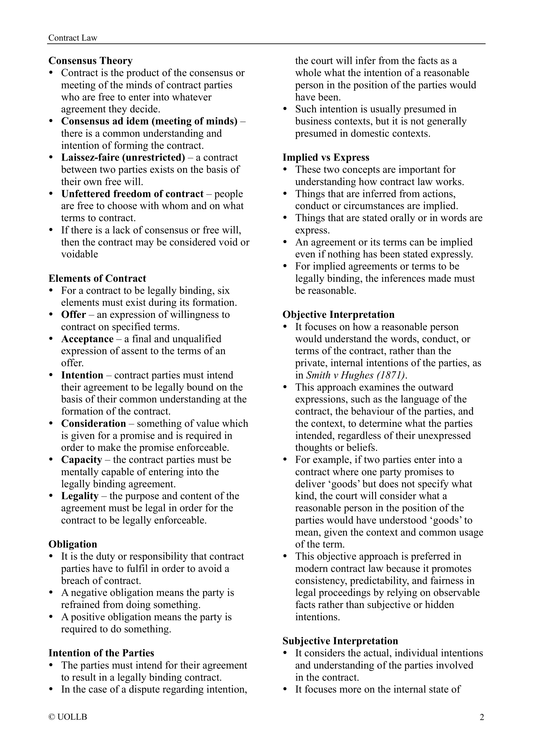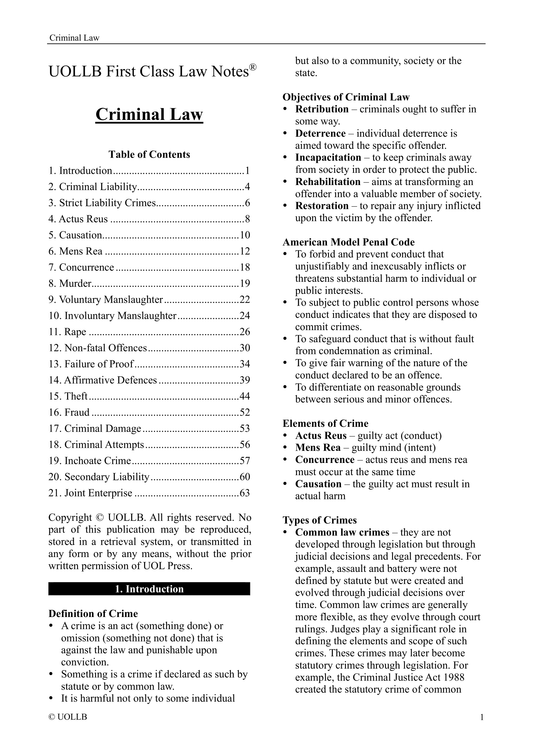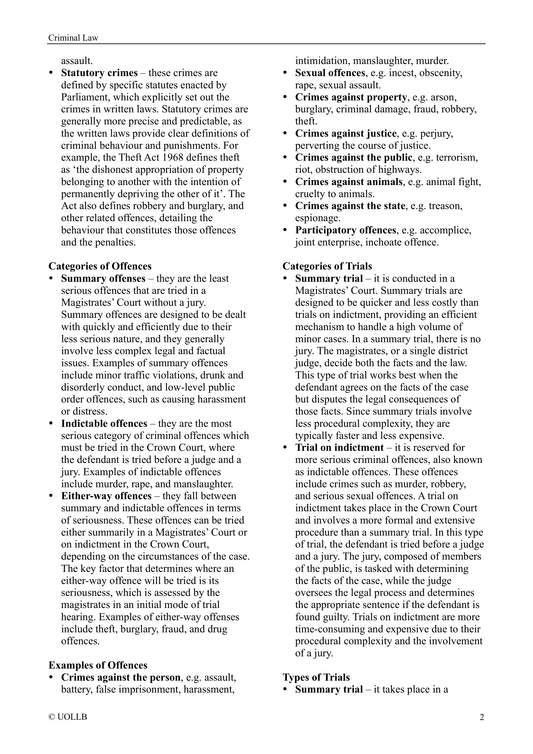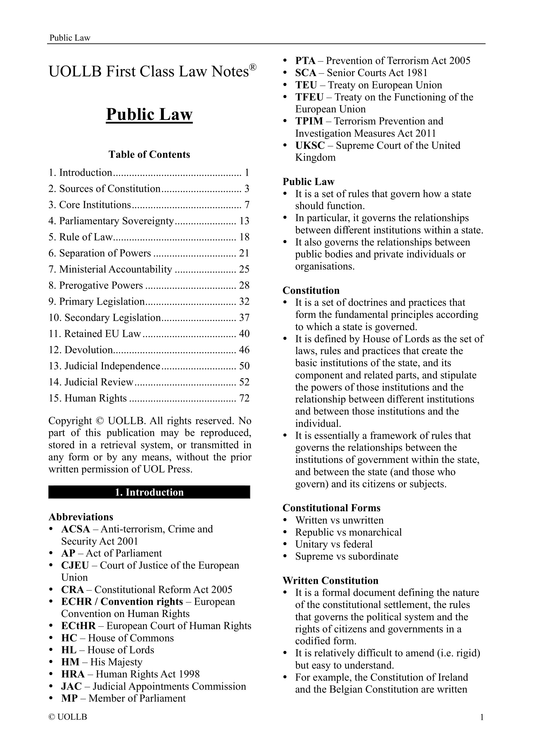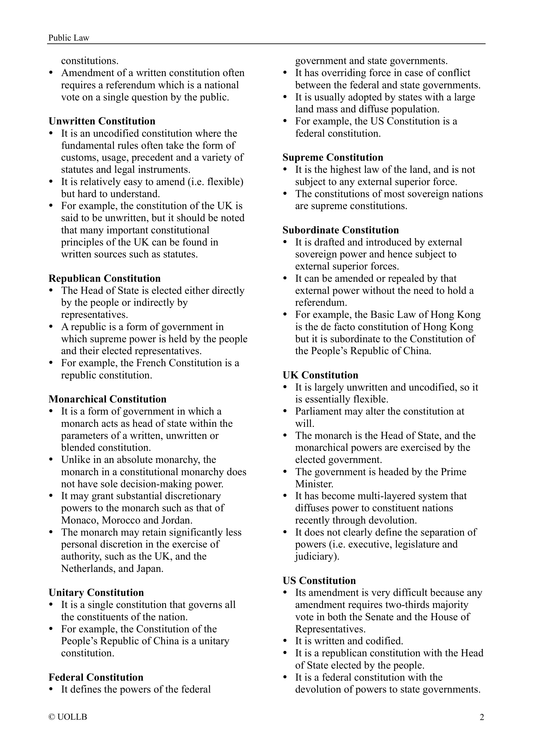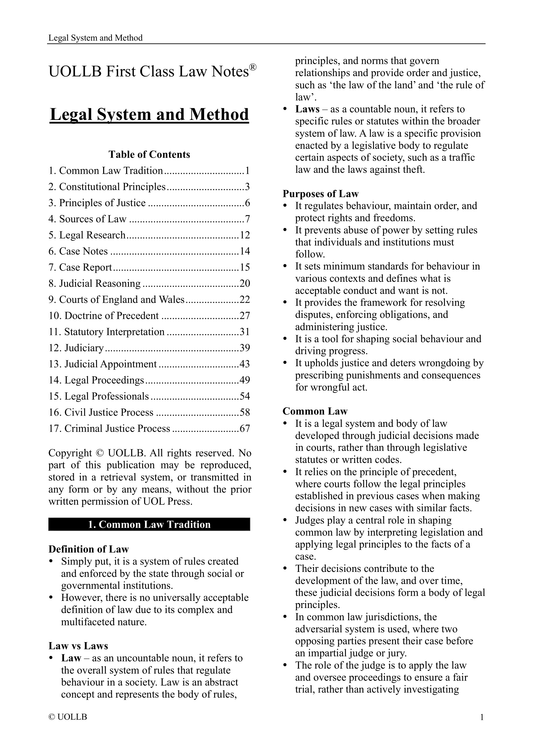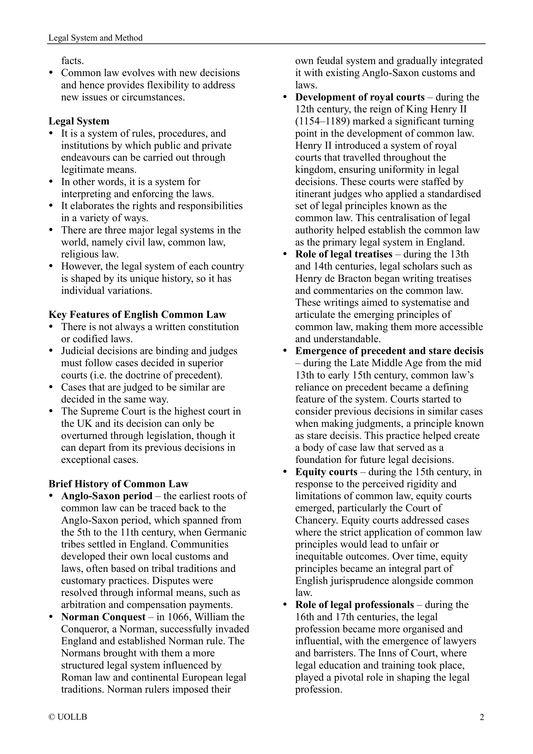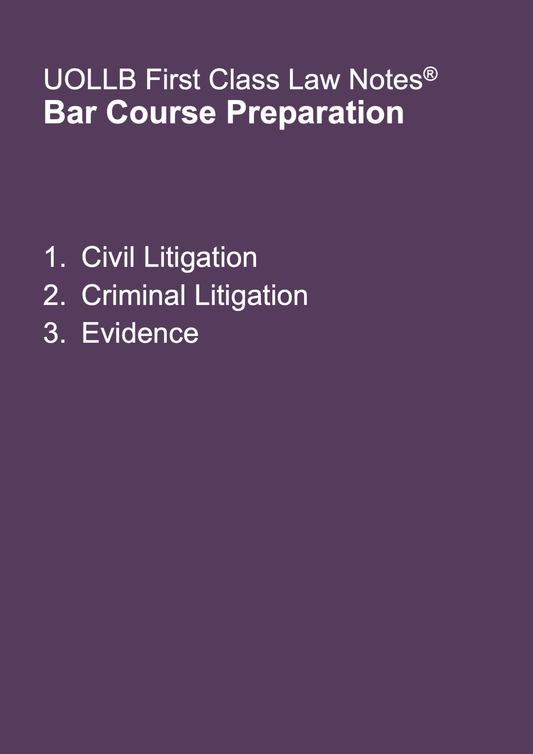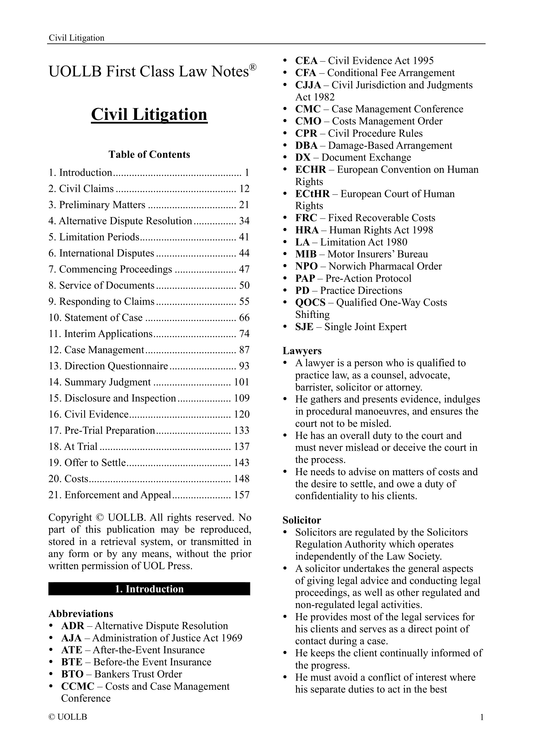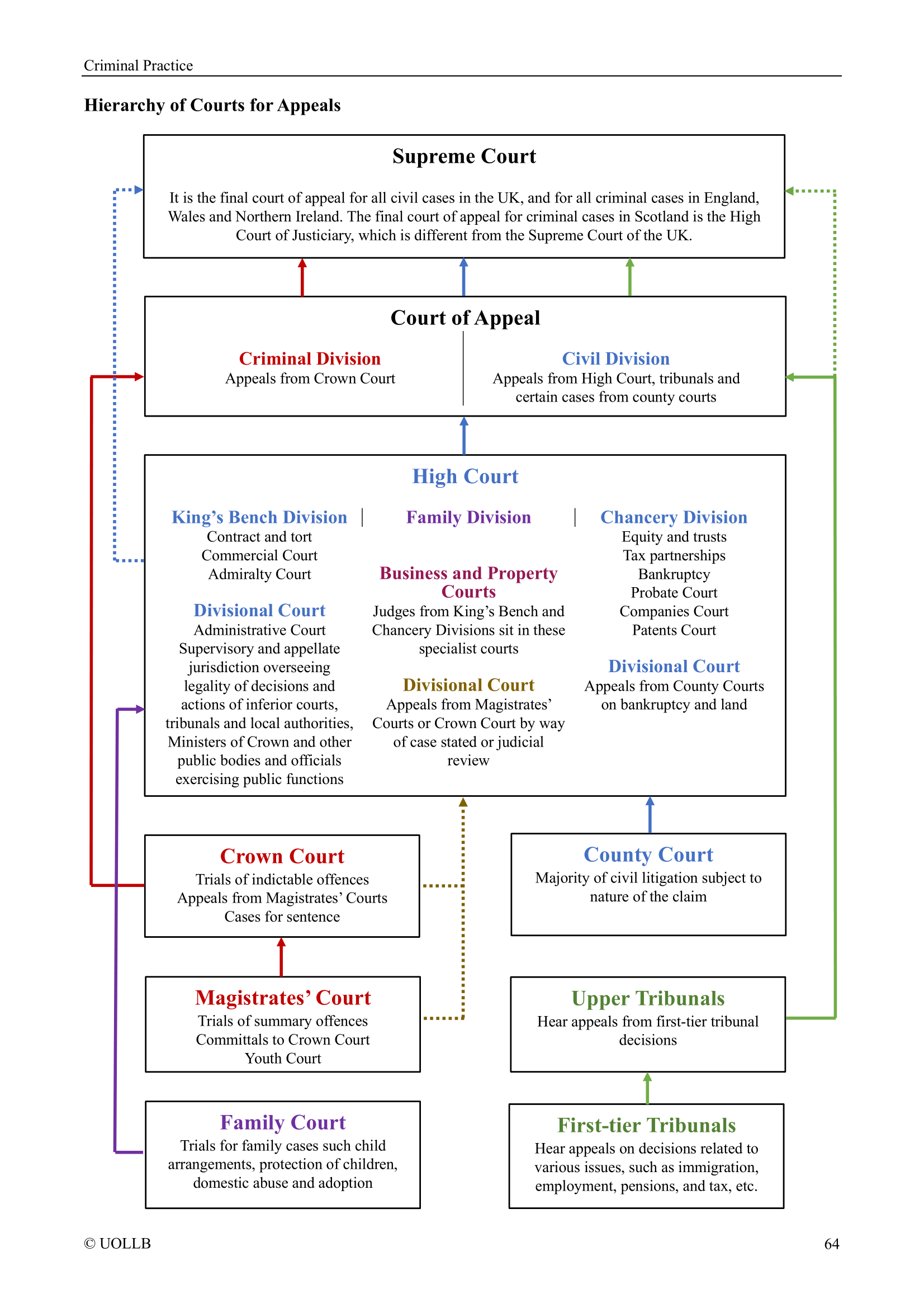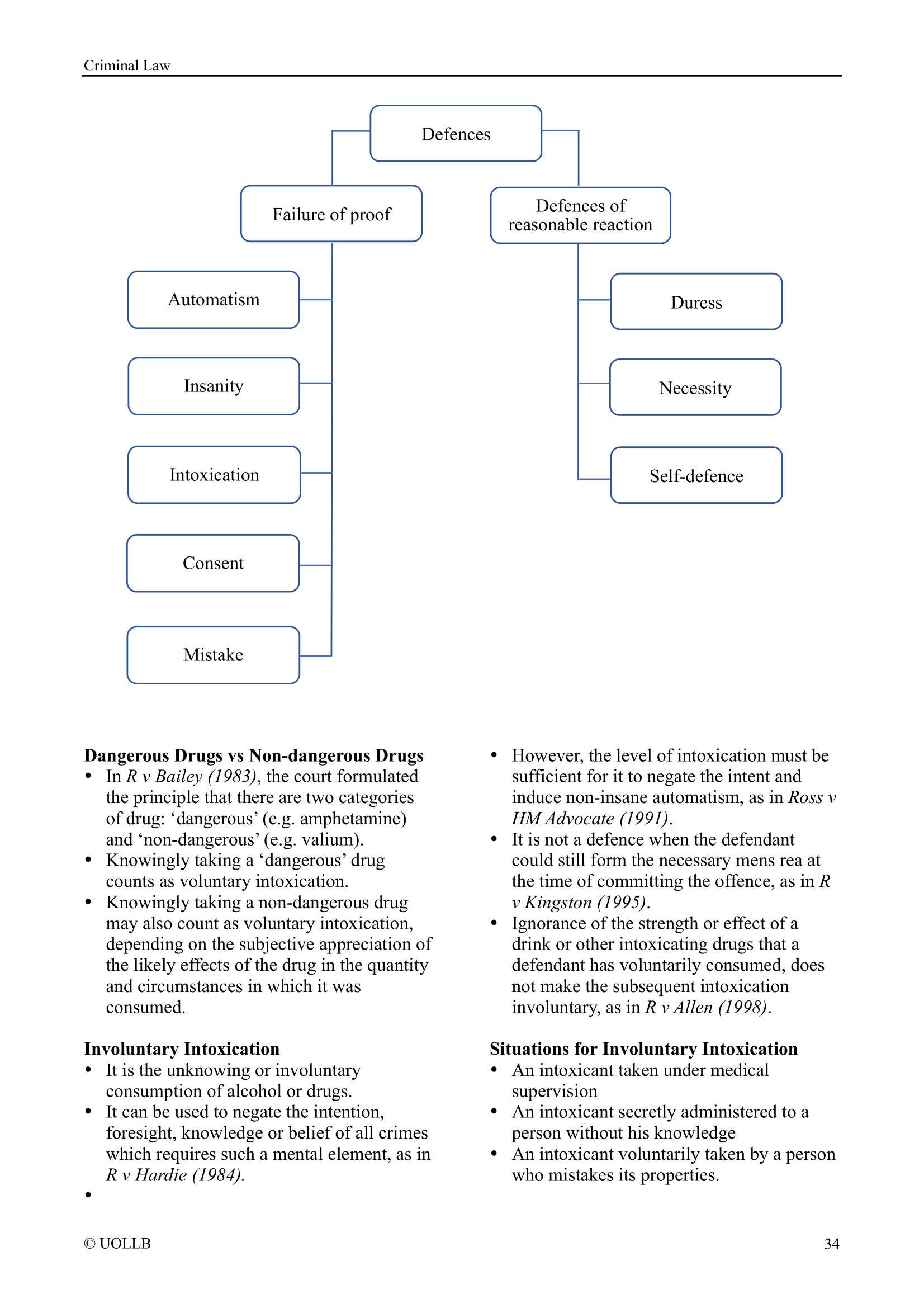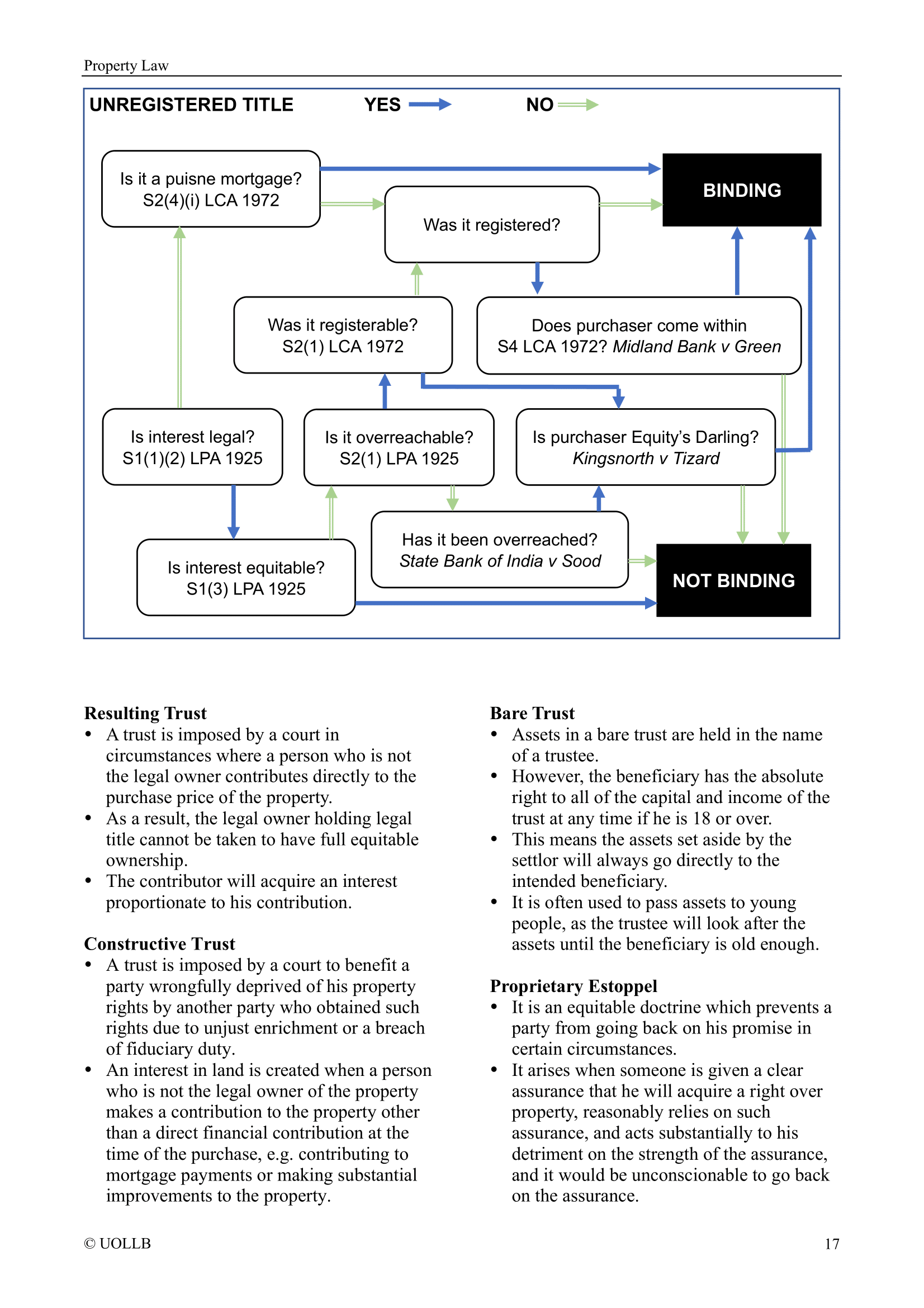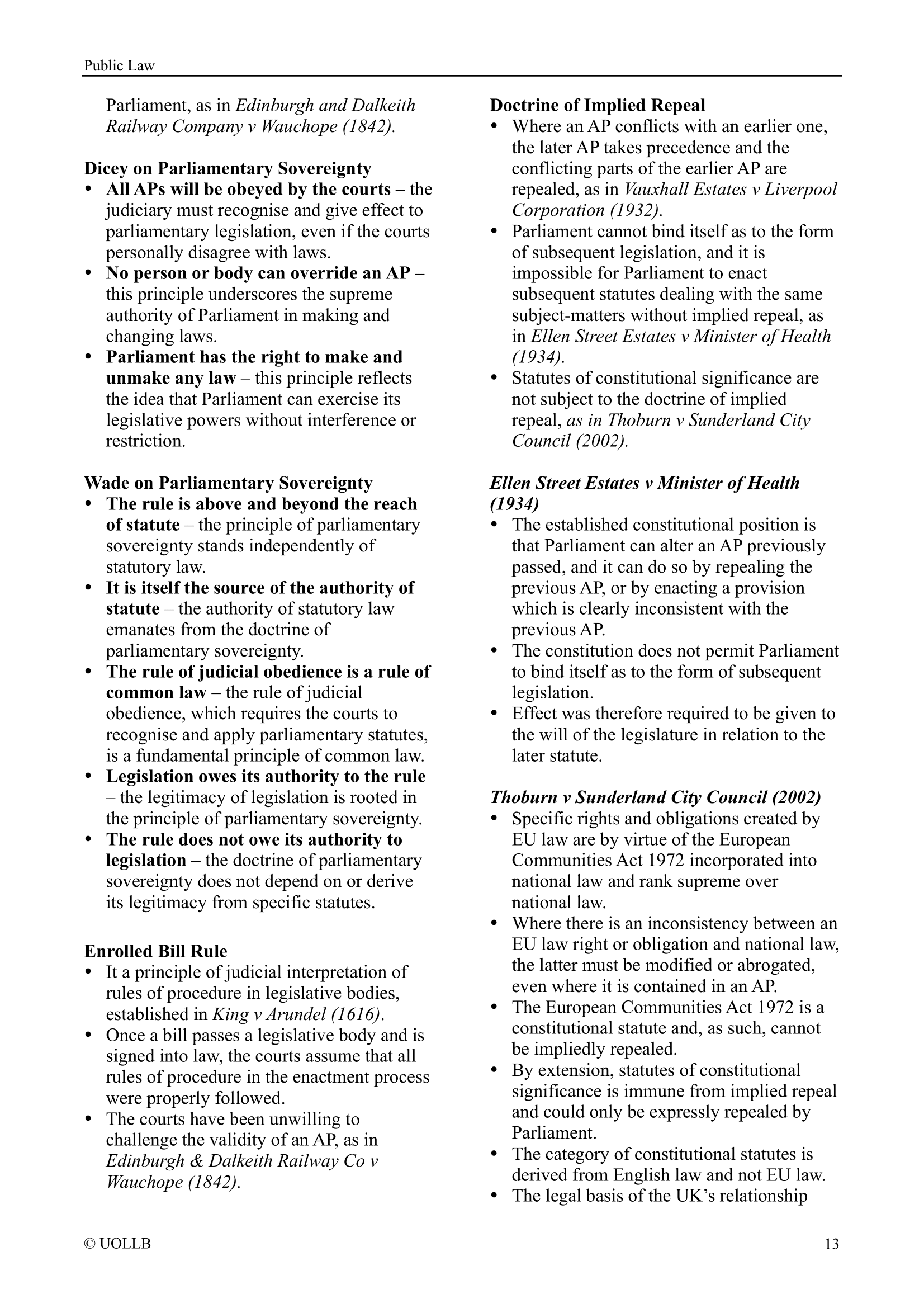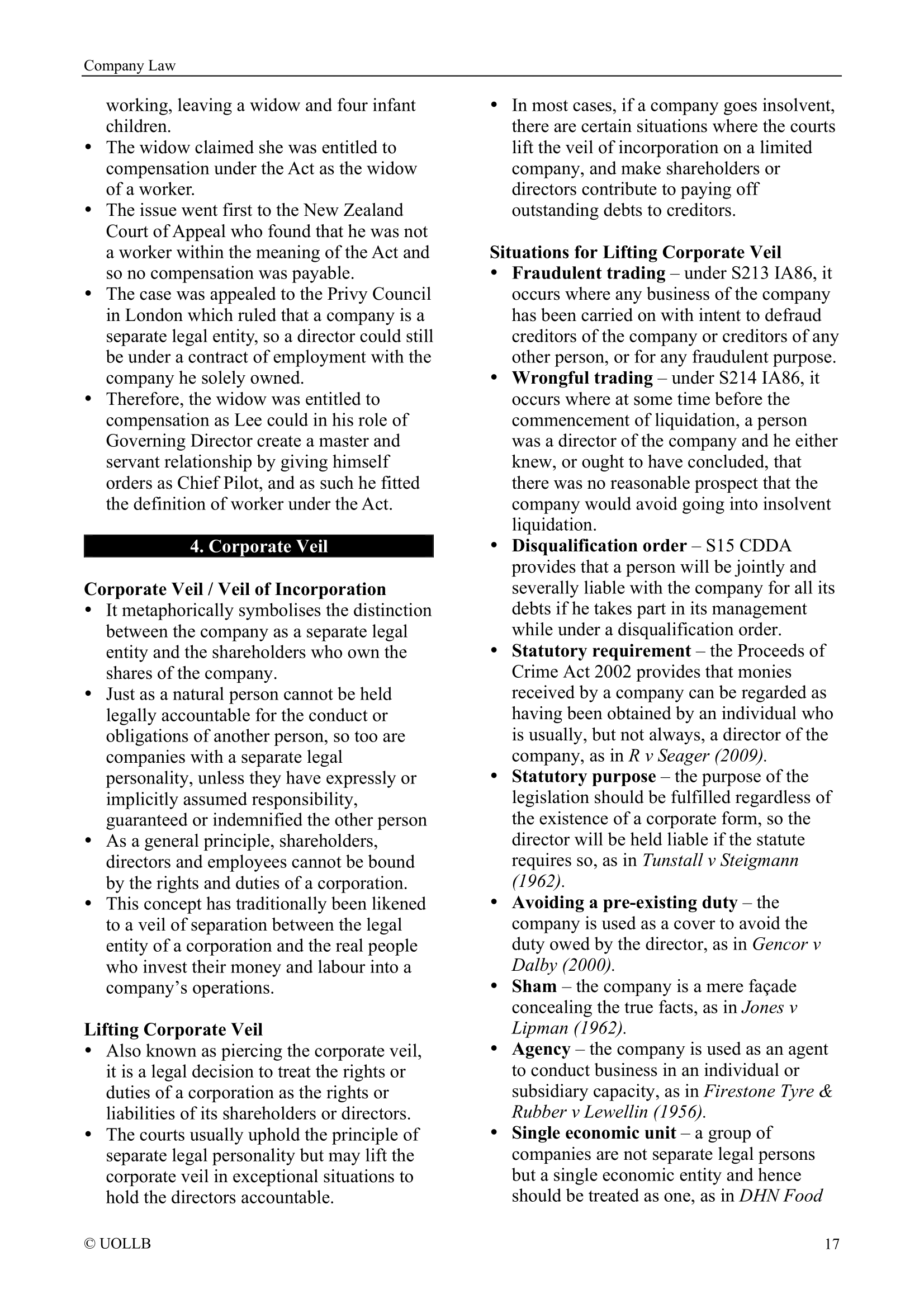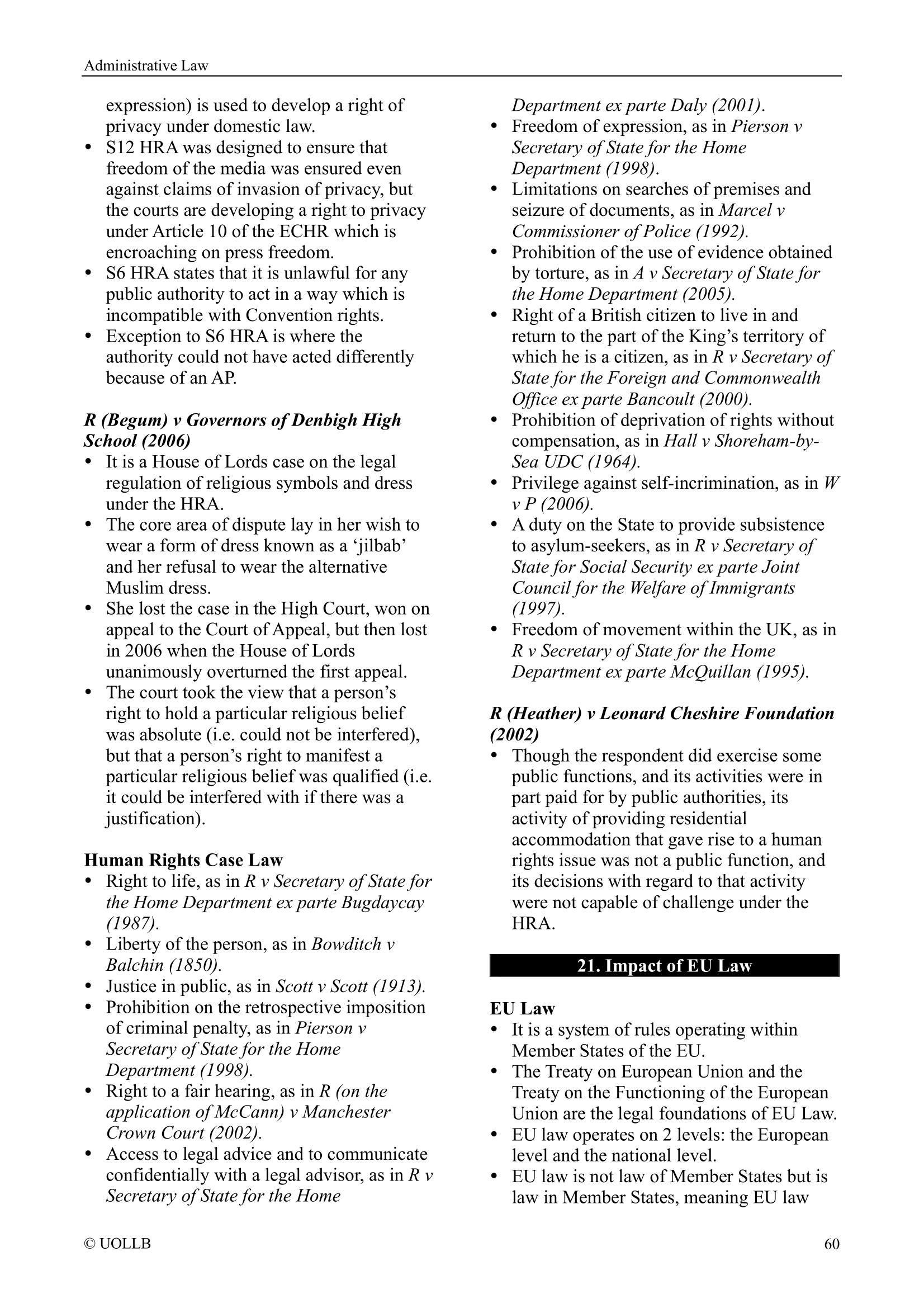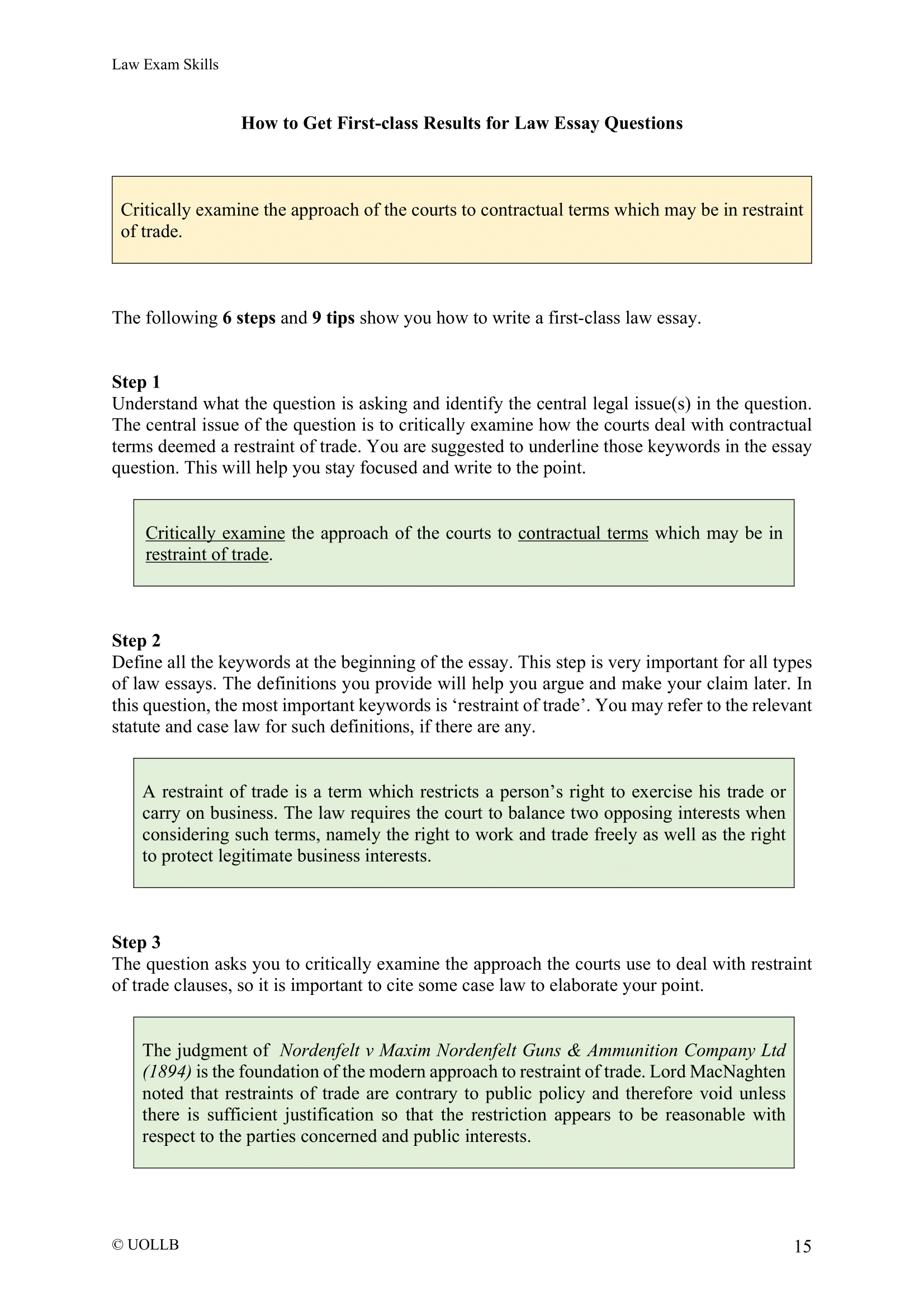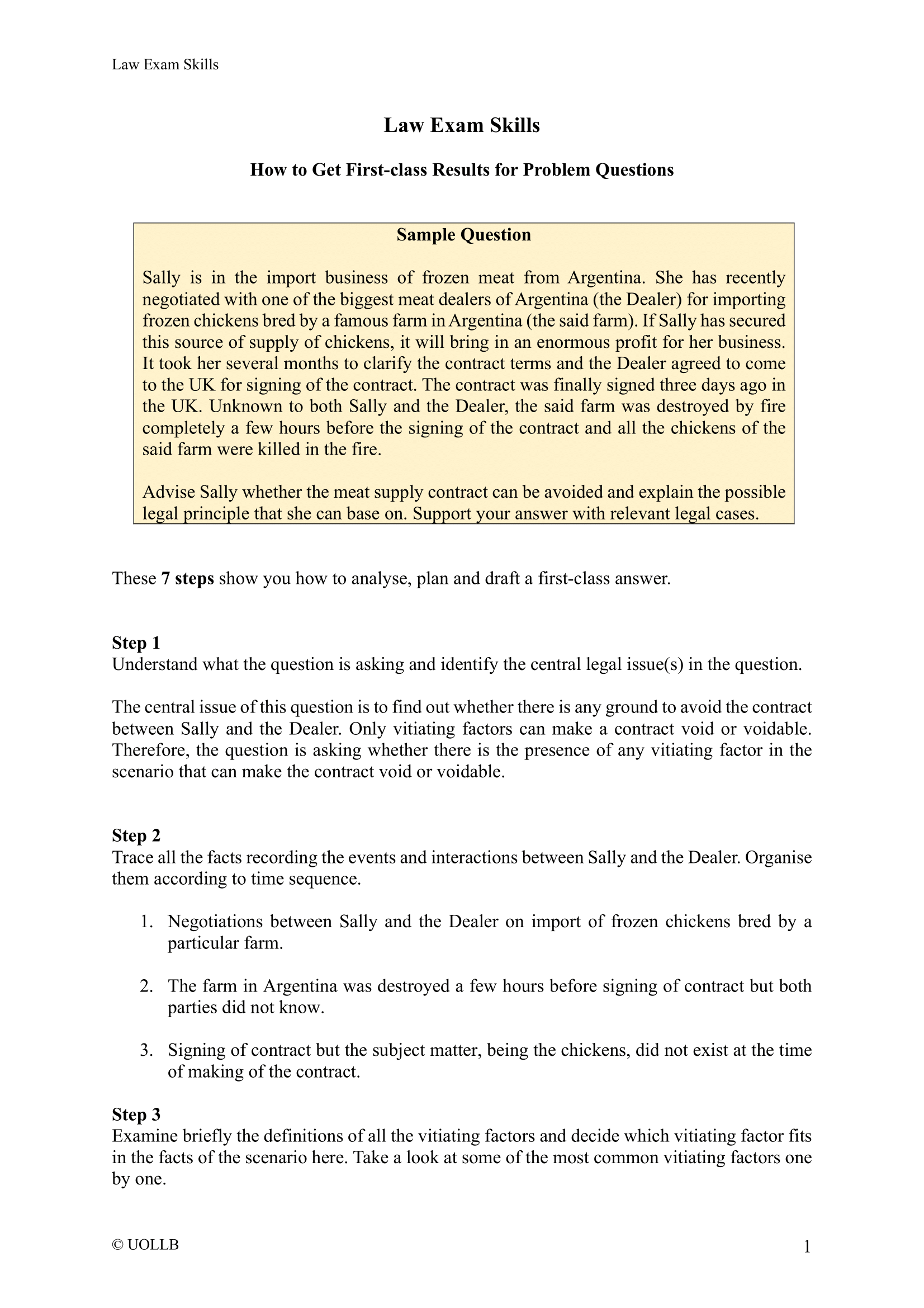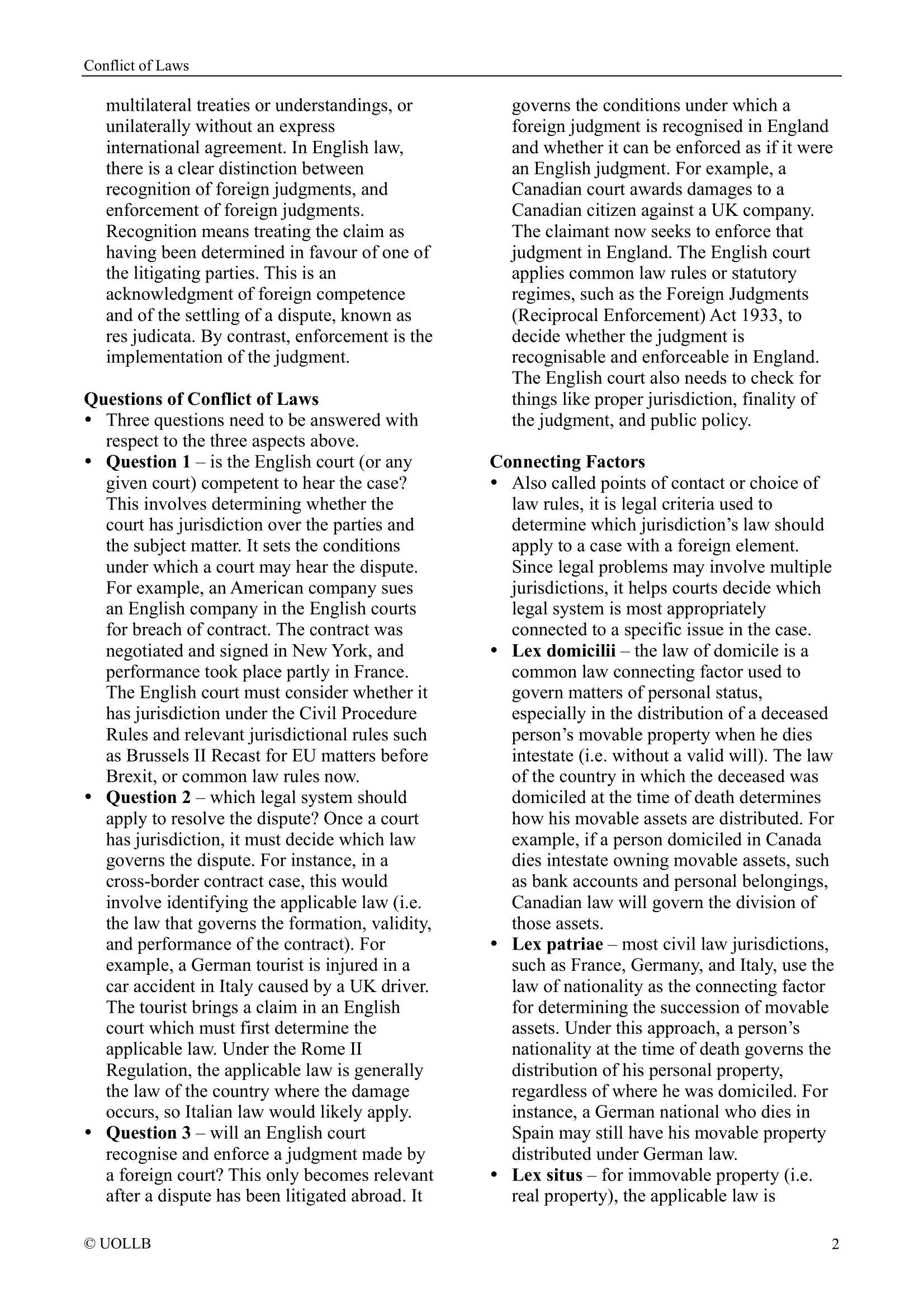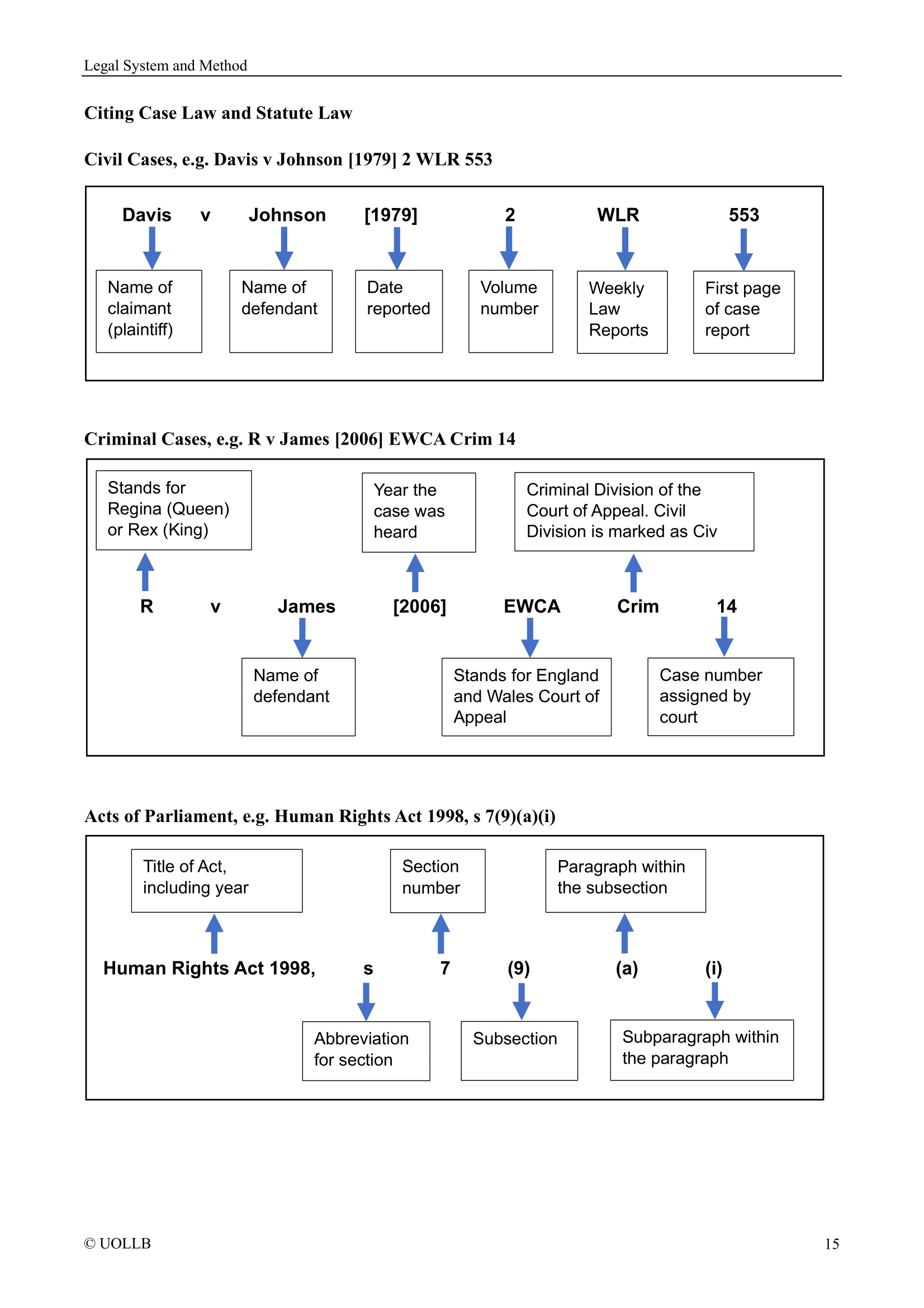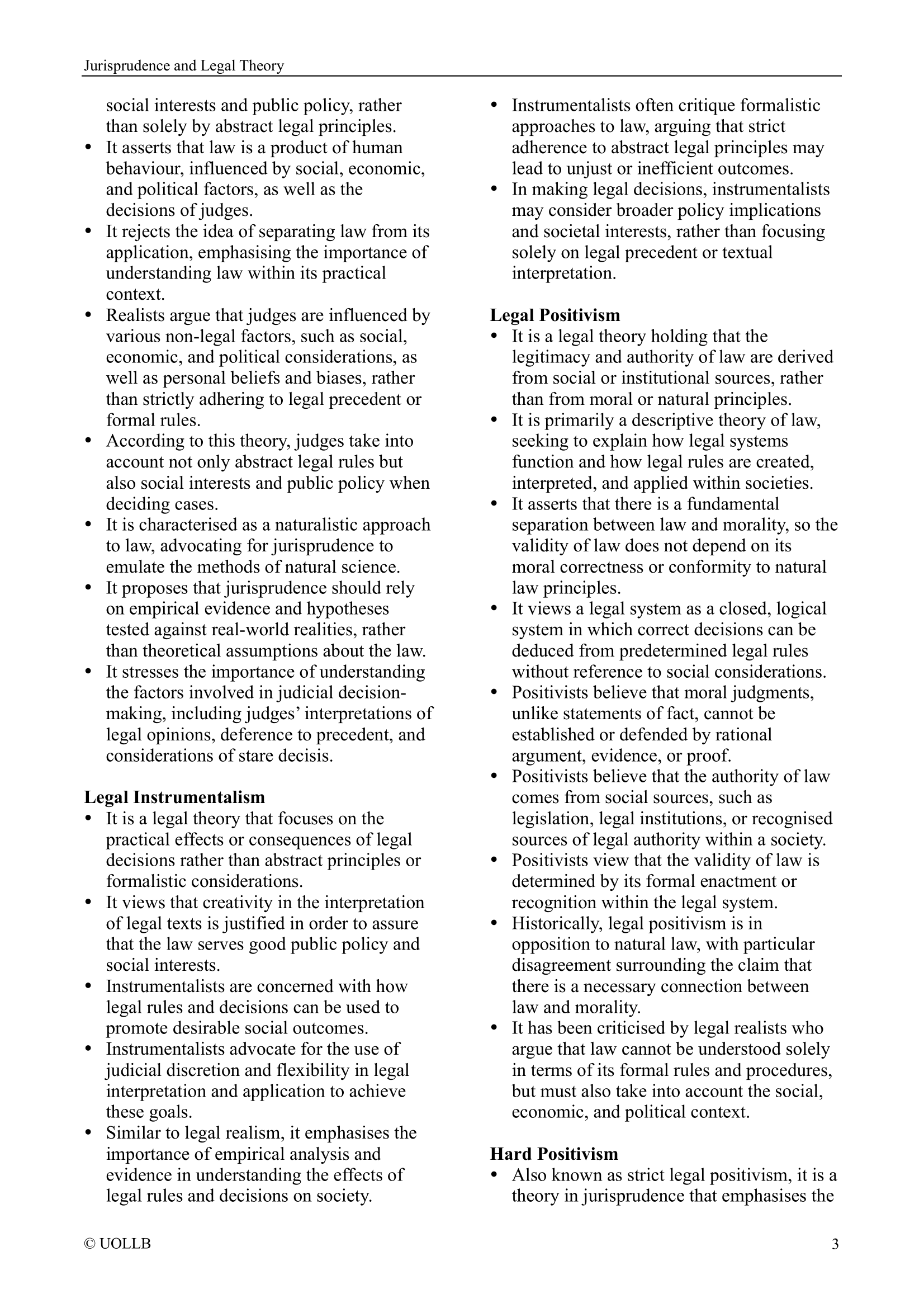R v Le Brun [1992]
Share
R v Le Brun [1992] QB 61, [1991] 3 WLR 653 is an English criminal law case establishing that an act undertaken to conceal a previous unlawful act is considered part of the same sequence of events as the initial act.
The defendant was charged with manslaughter after he punched his wife, causing her to lose consciousness, and subsequently dropped her while attempting to move her unconscious body. The latter act resulted in fatal head injuries. The central legal question revolved around whether the defendant could be held guilty of manslaughter, even though the act causing his wife's death did not immediately follow his initial intention to harm her.
The Court of Appeal, in upholding the manslaughter conviction and dismissing the appeal, focused on the concept that if the unlawful application of force (the punch) and the subsequent act causing death (dropping the body) are part of the same sequence of events or the same transaction, the passage of time between the two acts does not absolve the defendant from liability.
A crucial aspect considered by the court was the intention behind the defendant's later act. If the subsequent act was designed to conceal the initial unlawful assault, it was still deemed part of the same sequence of events.
The judgment expressed the principle in causation terms, stating that the initial unlawful assault was a 'but for' cause of his wife's death. Importantly, the court held that the later act of dropping the body did not constitute a novus actus interveniens, meaning it did not break the chain of causation.
In essence, the ruling affirmed that a defendant could be criminally liable for manslaughter even if there was a noticeable time gap between the initial unlawful act and the act directly causing death, as long as both acts were interconnected as part of the same sequence of events or transaction. The intention to conceal the initial unlawful act further supported the court's finding of liability for the entire chain of events leading to the fatal outcome.

